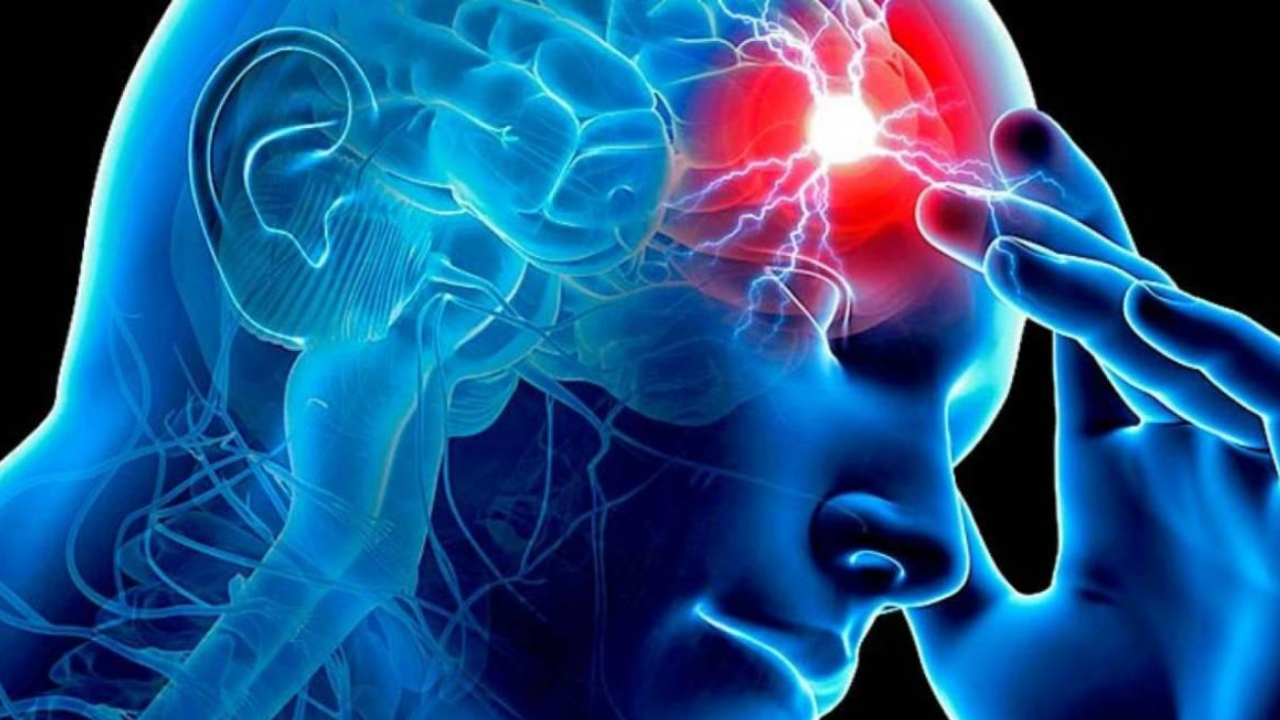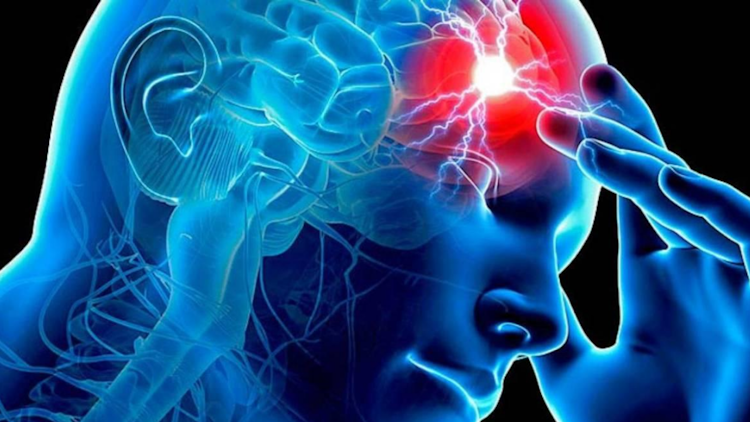August 27, 2020
3m 35s
Share:
Accidents are the most frequent cause of head trauma. They can cause neurological alterations and affect the patient’s daily activities.
A head injury is a physical injury that occurs in the brain tissue and that temporarily or permanently alters brain function. It can be closed (involves a strong impact on the head, but without breaking the skull) or open/penetrating (the object breaks the skull and enters the brain).
Currently, traumatic brain injury and stroke are the main causes of brain damage. Each year, about two million people in the United States suffer brain injuries, the main cause of death and disability among the general population.
Also, a study carried out by researchers from the “Hospital General de Agudos J.A. Fernández Cerviño “(Argentina) and the” Virgen del Rocío University Hospital “(Spain) assures that the incidence of head injury in Argentina is high, but with a proportion of moderate and severe injuries and lower mortality rate than other types of injuries. The same study said that traffic accidents continue to be the main cause and affect mostly the young male population, while falls from height affect more the population over 40 years old and female.
Now, what are the most frequent causes of head trauma in the world?
· Accidents
· Falls
· Physical aggressions
When suffering from head trauma, most patients lose consciousness. This may take seconds or minutes. When the injuries are minor, they may suffer only confusion or amnesia. Other people may have seizures during the first hour or day.
After the first symptoms, the patient can show normality or, on the contrary, lose consciousness. This state goes from the slight confusion to the coma. The duration of the loss of consciousness is proportional to the severity of the injury.
How is head trauma classified according to its severity?
In the initial examination, it is usually used the Glasgow Coma Scale, a rapid scoring system that is based on evaluating the opening of the eyes and the verbal and motor response.
• 14 to 15 points indicate a mild head trauma and potentially better recovery since the patient responds spontaneously to the orders given during the evaluation
• 9 to 13 points represent moderate cranioencephalic trauma
• 3 to 8 points correspond to severe and potentially fatal head trauma, especially if none of the pupils respond to light
What are the short and long term consequences?
A head injury can cause bruises that cause increasing headaches, dizziness, decreased level of consciousness and neurological deficits. Increased pressure in the skull can also cause hypertension, bradycardia (decreased normal heart rate) or respiratory depression. If there is a skull fracture there may be loss of cerebrospinal fluid through the nose or ear, as well as a loss of smell and hearing.
In the long term, it may occur what is known as Post-Contusional Syndrome (PCS). Its symptoms are persistent headaches, dizziness, tiredness, difficulty concentrating, amnesia, depression, anxiety, loss of smell, hearing, or sight, sleep disorders and changes in behavior. In some cases, it occurs motor alterations such as spasms and delayed seizures (months or years after the injury). These symptoms are evidence of some disability since it is notorious that the patient has difficulties in socially and occupationally related.
How is cranial trauma treated?
For minor injuries, such as those caused by falls or blows, it is recommended to follow the doctor’s instructions and if a new warning sign appears, go back to the specialist.
In case of moderate and severe injuries, is necessary medical attention to optimize ventilation, oxygenation and cerebral perfusion and treat complications (such as possible seizures or bruises).
If neurological alterations persist (memory loss, deficits in cognitive functions, temporospatial orientation, etc.), it is advisable to start a rehabilitation that is carried out by a multidisciplinary team that combines physiotherapy, occupational therapy, cognitive and psychological (in cases in which the patient presents depression, anxiety or behavior changes).
If mild or moderate cranial trauma is not treated, it can be produced a Post-Contusional Syndrome, as well as neurological alterations, which can affect the patient’s daily activities.
Hyperbaric Chamber Therapy as a complement
A study conducted between 2008 and 2012 by the Research Unit Assaf-Harofeh (Israel) Medical Center tested the effectiveness of hyperbaric oxygen therapy (HBOT) to improve the quality of life in patients who had traumatic brain injuries and suffered chronic neurocognitive alterations.
The results also established that treatment in a hyperbaric chamber can be effective for neurological disorders and can help to reduce or even reverse the disorders associated with neurodegenerative diseases (such as spasms, tremors, stiffness, memory loss, limitation of movement, etc.).
Hyperbaric oxygenation treatment is beneficial for patients suffering from brain injuries because:
· Improves cognitive function
· Decreases post-traumatic stress
· Attenuates memory loss
· Improves neuronal functionality significantly, even years after having suffered from brain trauma.
Hyperbaric Oxygen Therapy is a non-invasive method that consists of supplying high concentrations of oxygen in a hyperbaric chamber. The patient enters the chamber that is pressurized to a minimum of 1.4 atmospheres ATM and through a mask breathes oxygen close to 100%. This oxygen is transported to the blood and reaches even the affected tissues. As a consequence, it is accelerated the recovery of different pathologies that go on with inflammation and pain, improving the quality of life of many people.
Advised: Dr. Mariana Cannellotto- Medical Director of BioBarica. (MN 108482)
Share:
Related

